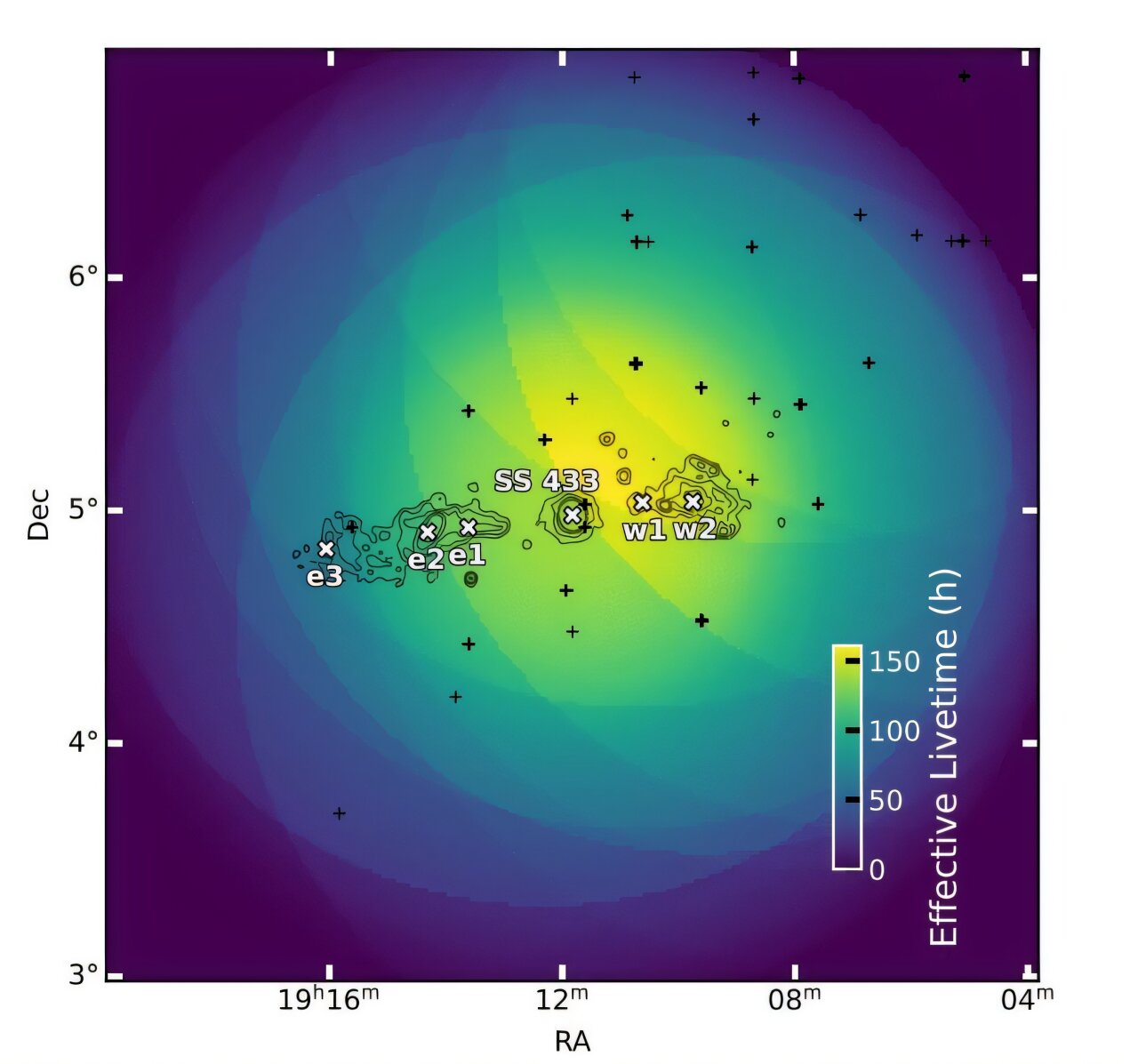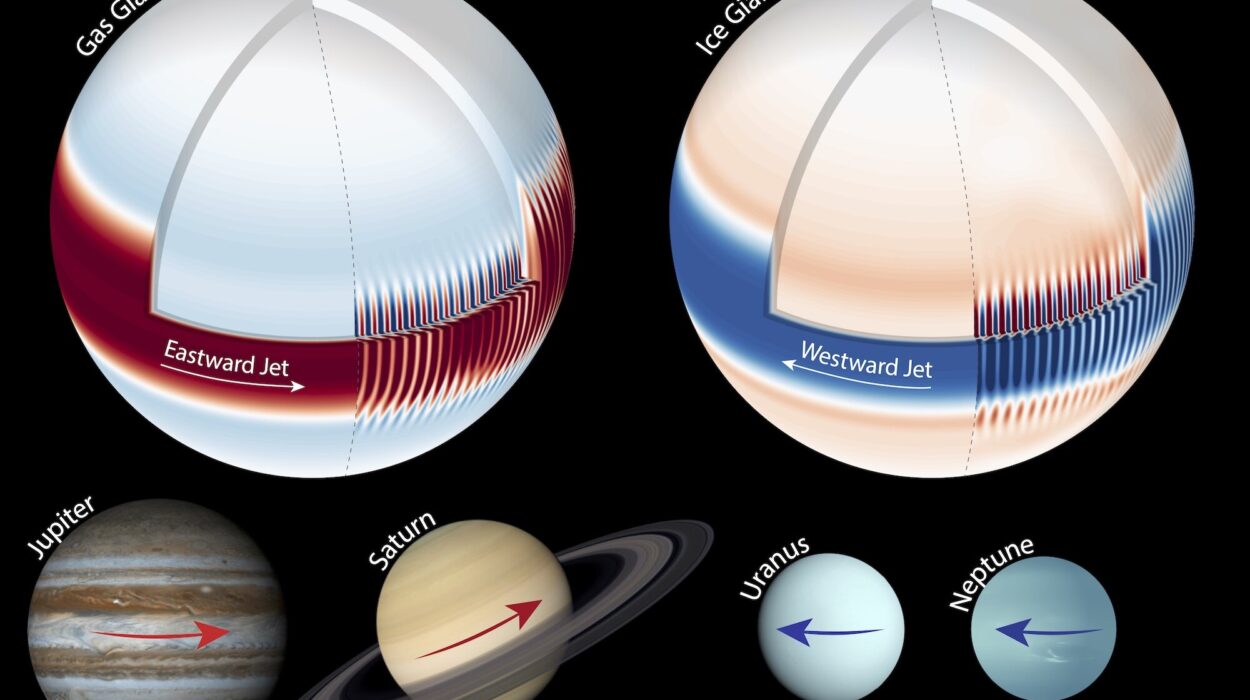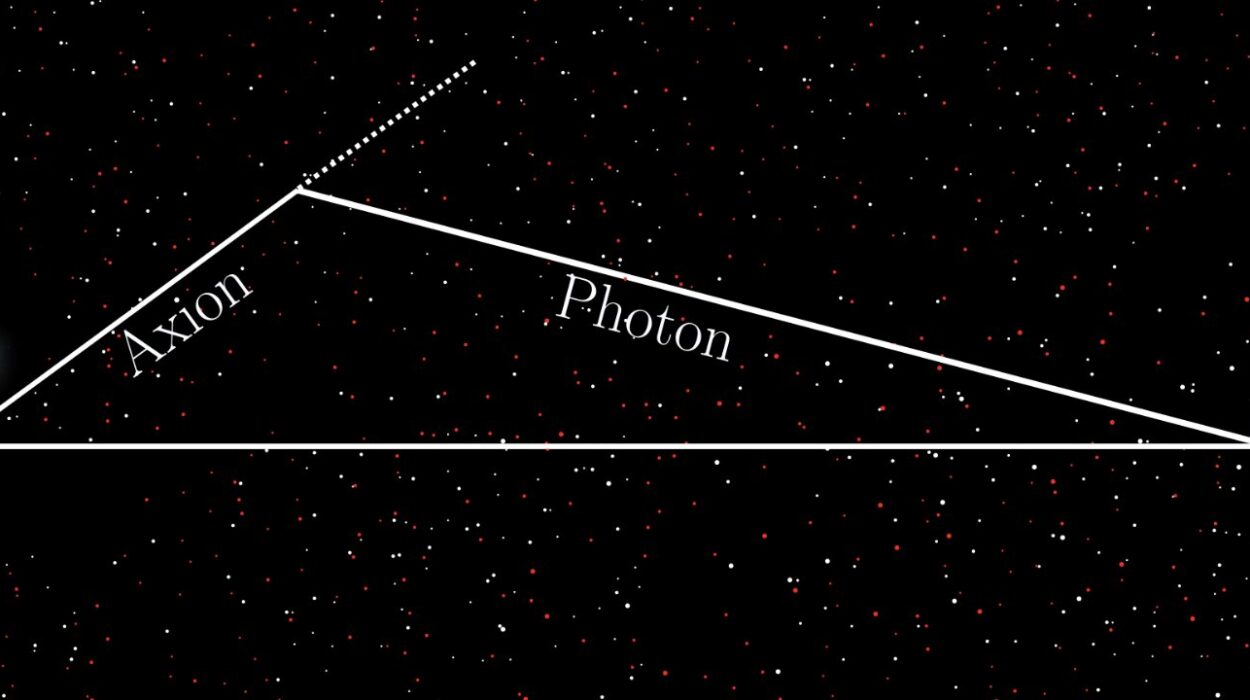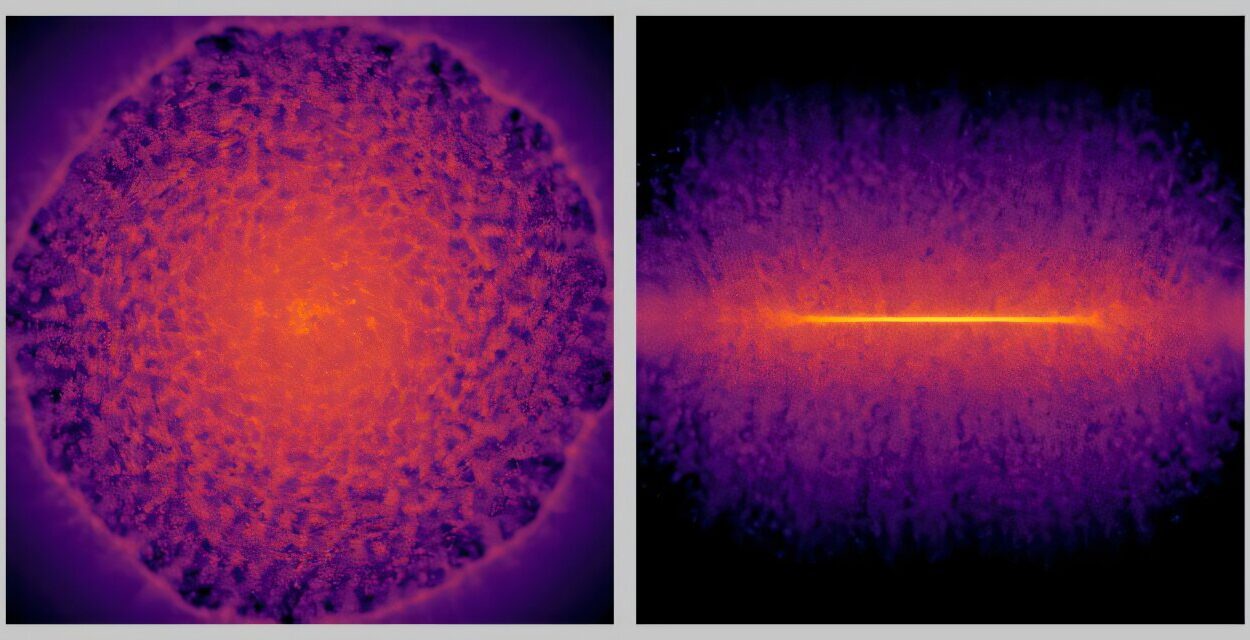Across the dark expanse of our galaxy, invisible engines hum with unimaginable power. These are not stars in their prime, nor are they dying suns fading quietly into darkness — they are something far stranger. Known as microquasars, these systems are the smaller cousins of quasars, those dazzling beacons at the centers of distant galaxies. But unlike quasars, which are powered by supermassive black holes millions of times the mass of our Sun, microquasars exist within our own Milky Way, powered by stellar-mass black holes that still manage to unleash cosmic fury on a galactic scale.
One of the most famous and puzzling of these objects is SS 433 — a microquasar so unusual that it has defied easy explanation for decades. Recently, German astronomers using the Very Energetic Radiation Imaging Telescope Array System (VERITAS) have turned their attention to this cosmic enigma. Their new findings, published on September 25 on the arXiv preprint server, could help unlock the secrets of how matter and energy behave in one of the most extreme environments in the known universe.
The Discovery of a Galactic Marvel
SS 433 was first discovered in 1978, shimmering faintly at the heart of an enormous cloud of debris known as W50 — the expanding remnant of an ancient supernova. At first, it seemed like just another X-ray binary, a pair of stars orbiting each other with one of them feeding off the other. But as astronomers looked closer, they realized that SS 433 was something far more exotic.
This remarkable system, located about 18,000 light years from Earth, consists of a stellar-mass black hole locked in a cosmic dance with an A-type companion star — a hot, luminous star many times larger than the Sun. Every 13.08 days, the pair completes an orbit, their gravitational tug-of-war creating a swirling accretion disk around the black hole. From this disk, streams of gas are funneled into two colossal jets that shoot out into space at speeds approaching one-quarter the speed of light.
Those jets are what make SS 433 so special — and so mysterious. They precess, or wobble, in a slow, hypnotic rhythm, sweeping through space like the beams of a celestial lighthouse. This precession, along with the sheer power of the jets, has made SS 433 one of the most studied and most intriguing microquasars in the galaxy.
The Eyes of VERITAS Turn to the Stars
To study something as energetic and elusive as SS 433, ordinary telescopes won’t do. Astronomers need instruments that can detect the universe’s most extreme form of light: gamma rays. These are photons with energies millions or even billions of times greater than visible light — the signature of cosmic violence on the grandest scales.
Enter VERITAS — the Very Energetic Radiation Imaging Telescope Array System. Located at the Fred Lawrence Whipple Observatory in Arizona, VERITAS is composed of four large telescopes designed to capture brief flashes of blue Cherenkov light that occur when gamma rays interact with Earth’s atmosphere. It is, in essence, a cosmic particle detector, capable of seeing events that happen tens of thousands of light years away.
A team led by Tobias Kleiner of the DESY Research Center in Zeuthen, Germany, used VERITAS to observe SS 433 over more than a decade — from 2009 to 2023. Their goal was simple but profound: to understand how this microquasar accelerates particles to such incredible energies, and where in its vast structure these accelerations take place.
What the Light Revealed
The VERITAS observations painted an astonishing picture. The data revealed that the jets of SS 433 are indeed capable of accelerating particles to TeV (teraelectronvolt) energies — a trillion times more energetic than the light we see with our eyes. This makes SS 433 one of the most powerful particle accelerators in the Milky Way, rivaling even the energy levels reached in human-built machines like the Large Hadron Collider.
Interestingly, the emission from SS 433 was not concentrated in a single point, but spread out in elongated shapes that followed the direction of the jets. This pattern suggests that the very-high-energy (VHE) radiation does not come from near the black hole itself, but rather from the regions where the jets slam into surrounding gas — areas known as termination shocks.
In these zones, particles are whipped to relativistic speeds, colliding with magnetic fields and gas clouds to produce bursts of gamma rays. It is a bit like watching waves crash against the cliffs of a cosmic shoreline — except here, the waves are made of subatomic particles moving at nearly the speed of light, and the cliffs are made of interstellar gas and dust.
A Calm Amid the Fury
One of the most intriguing findings of the VERITAS campaign was what astronomers didn’t see: variability. The gamma-ray emissions did not fluctuate with the system’s orbital period or with the 162-day precession of the jets. Instead, they appeared remarkably steady.
This steadiness is telling. It implies that the VHE emission doesn’t come from rapidly changing events near the black hole but from large-scale, stable structures — the extended regions where the jets interact with their surroundings. These regions act like cosmic engines, continuously accelerating particles in a slow but powerful process that endures for years, if not centuries.
Such stability also helps confirm that SS 433’s energy output is not governed by sudden bursts or flares, but by a consistent and ongoing mechanism. In the chaotic world of high-energy astrophysics, this kind of constancy is rare — and it provides a crucial benchmark for understanding other jet-powered systems, from microquasars to the giant quasars that blaze at the hearts of distant galaxies.
The Heartbeat of a Cosmic Engine
SS 433’s jets stretch across tens of light years, carving glowing trails through the supernova remnant that birthed them. These colossal outflows are living testaments to the immense power of gravity harnessed by a black hole. As matter spirals inward, friction and magnetic forces transform it into radiant energy — and some of that energy is channeled outward, launching twin jets that pierce the interstellar medium like fiery spears.
The interaction between these jets and the surrounding gas creates shock fronts, where particles are accelerated to extreme energies. These shocks are thought to be similar to those found in supernova explosions and active galactic nuclei, suggesting that SS 433 could serve as a miniature laboratory for studying the same physics that drives the most powerful phenomena in the universe.
For scientists, this is a rare and invaluable opportunity. Unlike distant quasars, which lie billions of light years away, SS 433 is close enough to study in exquisite detail. Every photon it emits carries information about how matter behaves under the influence of intense gravity, magnetic fields, and relativistic motion.
The Cosmic Significance of SS 433
What makes SS 433 so important is not just what it is, but what it represents. It is a bridge between the familiar and the cosmic, a local embodiment of processes that shape galaxies and even influence the evolution of the universe itself.
By studying SS 433, astronomers are learning how jets form, how they accelerate particles, and how they interact with their environment — questions that remain at the heart of astrophysics. The findings from VERITAS provide critical evidence that the mechanisms driving these jets are not limited to supermassive black holes in distant galaxies but are also at work right here in our cosmic neighborhood.
Moreover, SS 433 challenges our understanding of black holes as mere devourers of matter. In this system, the black hole is not just a destroyer but also a creator — shaping the surrounding space with energy and light, sculpting clouds of gas into glowing arcs, and feeding the universe’s eternal cycle of birth and destruction.
The Quiet Voice of the Universe
There is something deeply poetic about the story of SS 433. A system born from a star’s violent death has become one of the galaxy’s most fascinating sources of life-like energy. Its jets, invisible to the naked eye, reach across space like ghostly fingers, whispering tales of creation and chaos.
Through instruments like VERITAS, we can finally hear that whisper. Each new observation peels back another layer of mystery, reminding us that even in the cold vacuum of space, there are rhythms, cycles, and stories that echo the heartbeat of the cosmos itself.
As the researchers wrote, SS 433 now stands as a benchmark system — a reference point for understanding how matter behaves when pushed to its absolute limits. It is a symbol of endurance, of cosmic balance amid chaos, of energy sculpting order out of destruction.
The Continuing Quest
Yet, for all we have learned, SS 433 still guards its secrets. What triggers the precession of its jets so precisely? How does it sustain such powerful particle acceleration over millennia? And could there be other systems like it, hidden in the galactic shadows, waiting to be discovered?
Future observatories — including the upcoming Cherenkov Telescope Array (CTA) — promise to explore these questions with even greater sensitivity. With them, humanity will peer deeper into the heart of SS 433 and beyond, tracing the threads that connect our tiny world to the grand machinery of the universe.
A Window Into the Infinite
In the end, SS 433 is more than just a distant astrophysical curiosity. It is a reminder of the boundless creativity of nature — a cosmic symphony composed of gravity, light, and time. It shows us that even in the aftermath of a star’s death, there can be astonishing beauty and vitality.
Through the lens of VERITAS, we glimpse not only the physics of a microquasar but the poetry of existence itself — the endless dance of destruction and creation that has shaped the cosmos since the beginning of time.
SS 433, in all its strangeness and brilliance, tells us that the universe is not a static place of silence and emptiness. It is alive with motion, energy, and transformation — and we, the observers, are part of its unfolding story.
More information: Tobias Kleiner et al, VERITAS Observations of the Microquasar SS 433, arXiv (2025). DOI: 10.48550/arxiv.2509.21063





